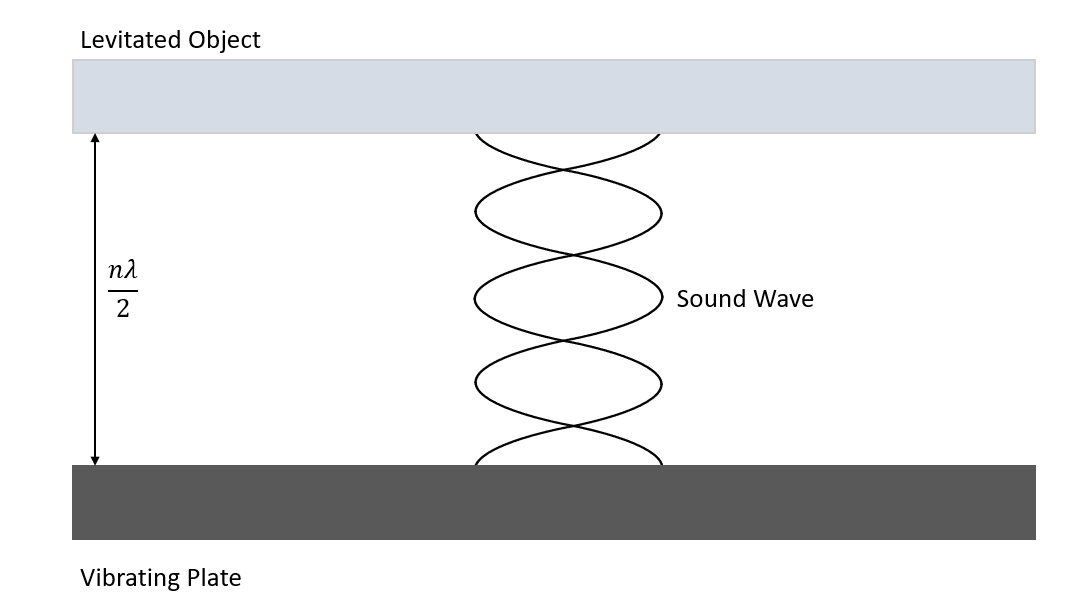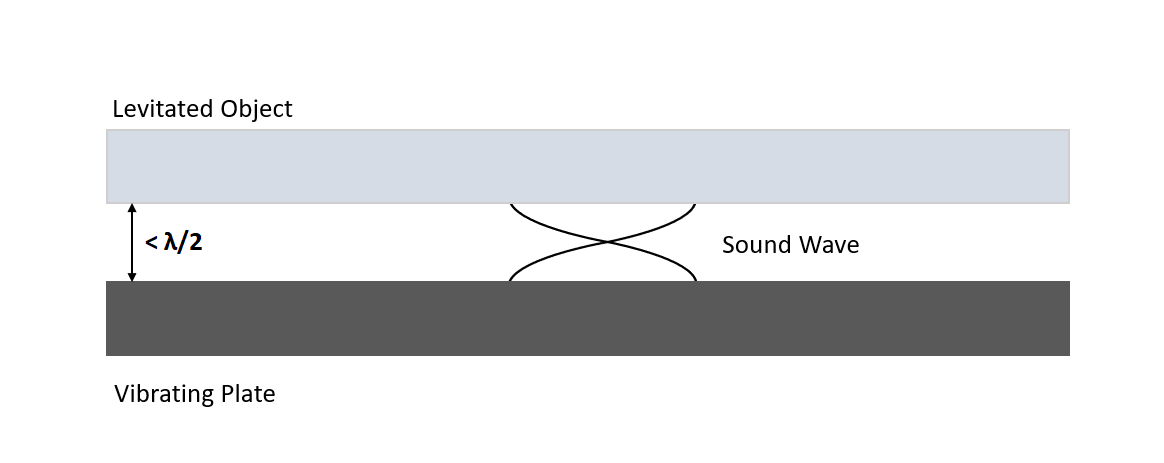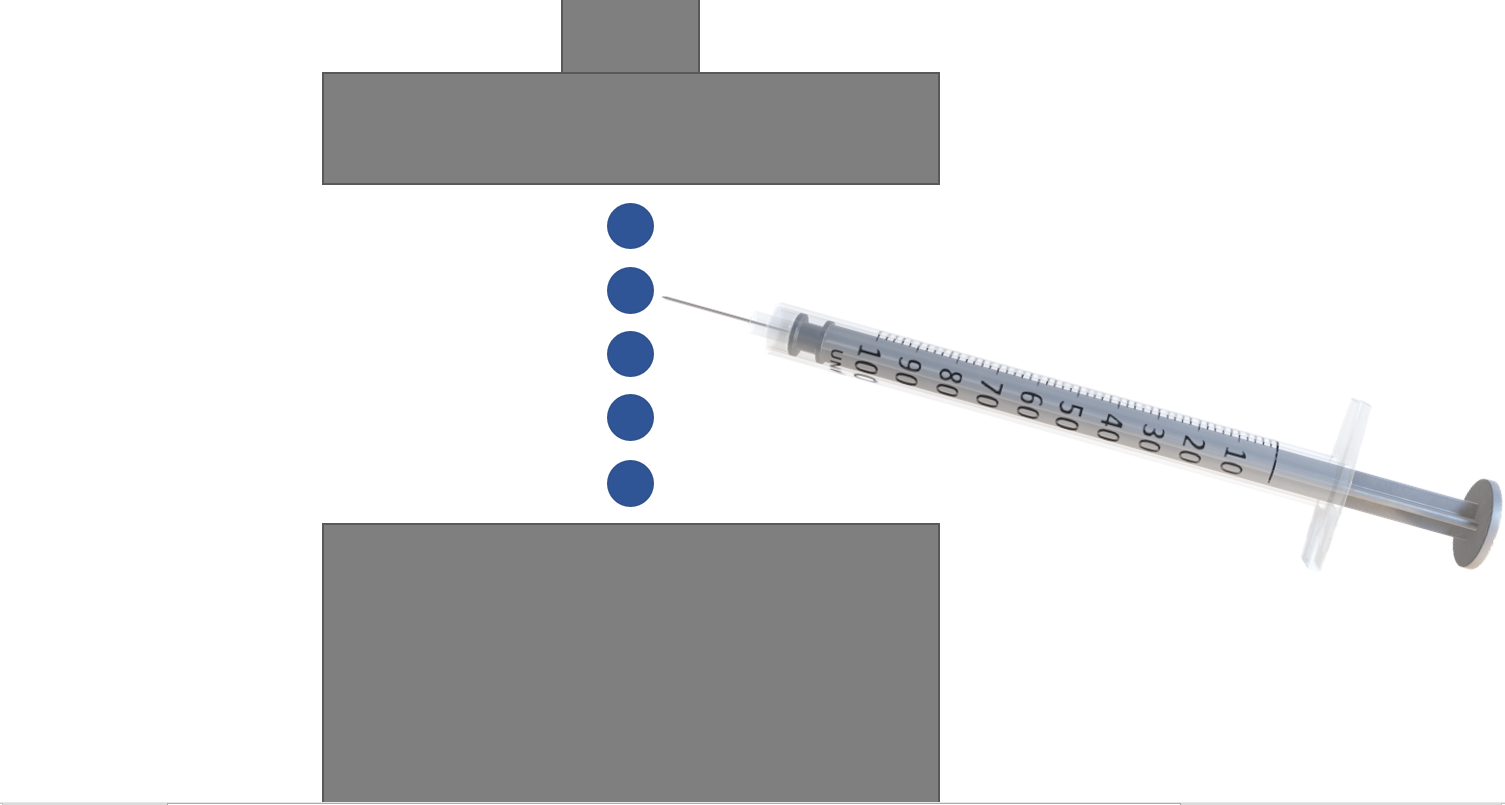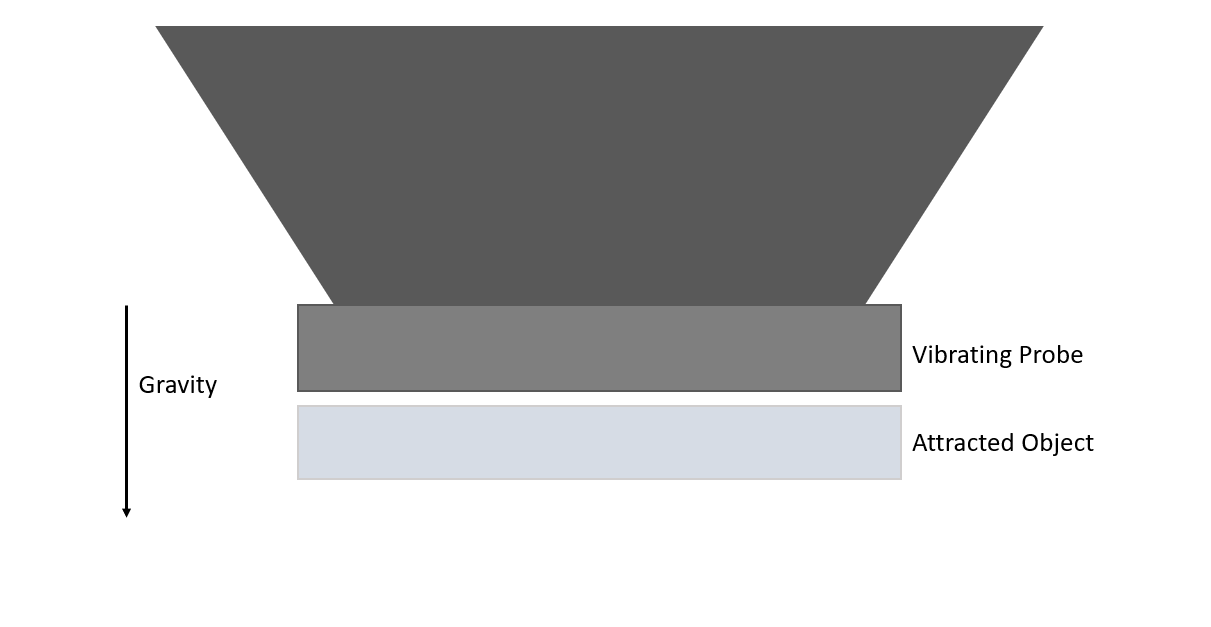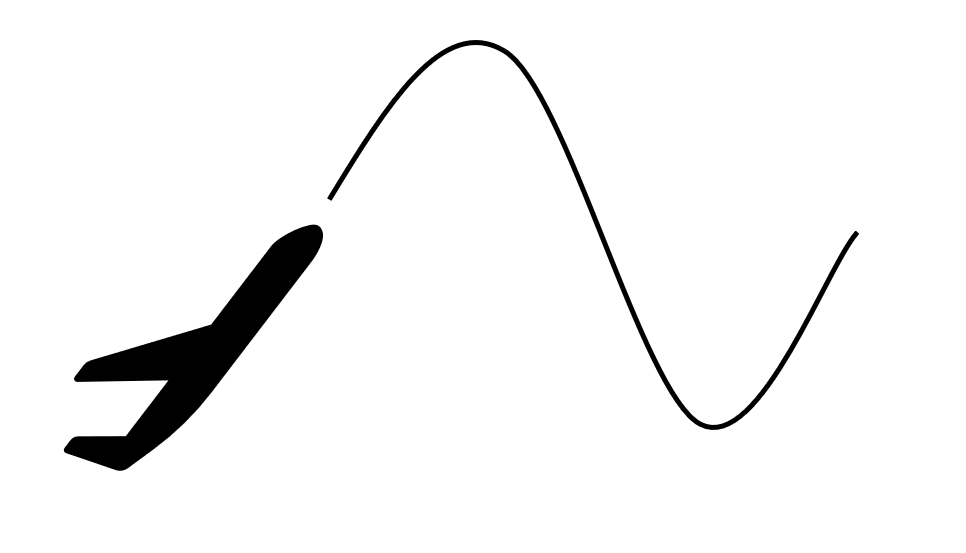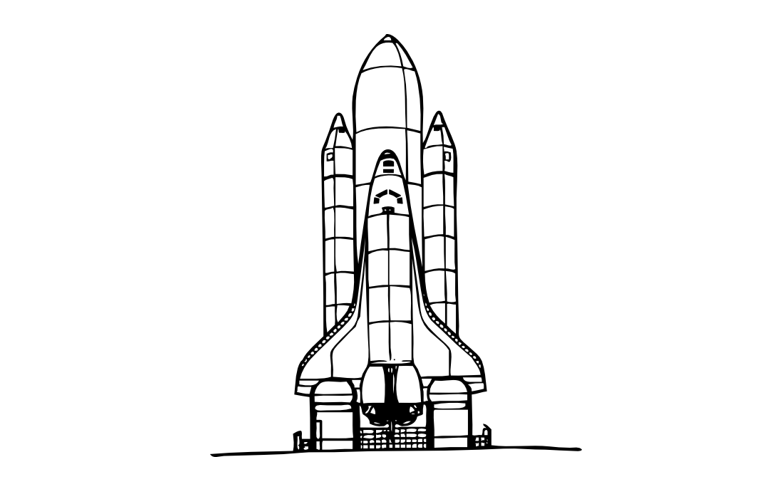References
[1] Xie, W.J., Cao, C.D., Lü, Y.J., Hong, Z.Y., and Wei, B. (2006). Acoustic method for levitation
of small living animals, Appl. Phys. Lett. 89, 214102
[2] Sagoff, J. (2012, September 12). No magic show: Real-world levitation to inspire better
pharmaceuticals. Retrieved April 04, 2021, from
https://www.anl.gov/article/no-magic-show-realworld-levitation-to-inspire-better-pharmaceuticals
[1] Xie, W.J., Cao, C.D., Lü, Y.J., Hong, Z.Y., and Wei, B. (2006). Acoustic method for levitation
of small living animals, Appl. Phys. Lett. 89, 214102
[3] Ueha, S. (2002). Phenomena, theory and applications of near-field acoustic levitation, Rev.
Acústica 33(4)
[4] Shi, M., Feng, K., Hu, J., Zhu, J., & Cui, H. (2019). Near-field acoustic levitation and
applications to bearings: A critical review. International Journal of Extreme Manufacturing, 1(3),
032002. doi:10.1088/2631-7990/ab3e54
[5] Davis, S., Gabai, R., & Bucher, I. (2018). Realization of an automatic, contactless,
acoustic levitation motor via degenerate mode excitation and autoresonance. Sensors and Actuators A:
Physical, 276, 34-42. doi:10.1016/j.sna.2018.03.021
[6] Andrade, M. A., Pérez, N., & Adamowski, J. C. (2017). Review of Progress in Acoustic Levitation.
Brazilian Journal of Physics, 48(2), 190-213. doi:10.1007/s13538-017-0552-6
[7] Hasegawa, K., Watanabe, A., & Abe, Y. (2019). Acoustic manipulation of droplets under
reduced gravity. Scientific Reports, 9. doi:10.1038/s41598-019-53281-4
[8] Elleman, D., Wang, T., & Barmatz, M. (1988). Acoustic Containerless Experiment System A
Non-Contact Surface Tension Measurement (Rep. No. N89-20308). NASA Technical Reports.
oai:casi.ntrs.nasa.gov:19890010937
